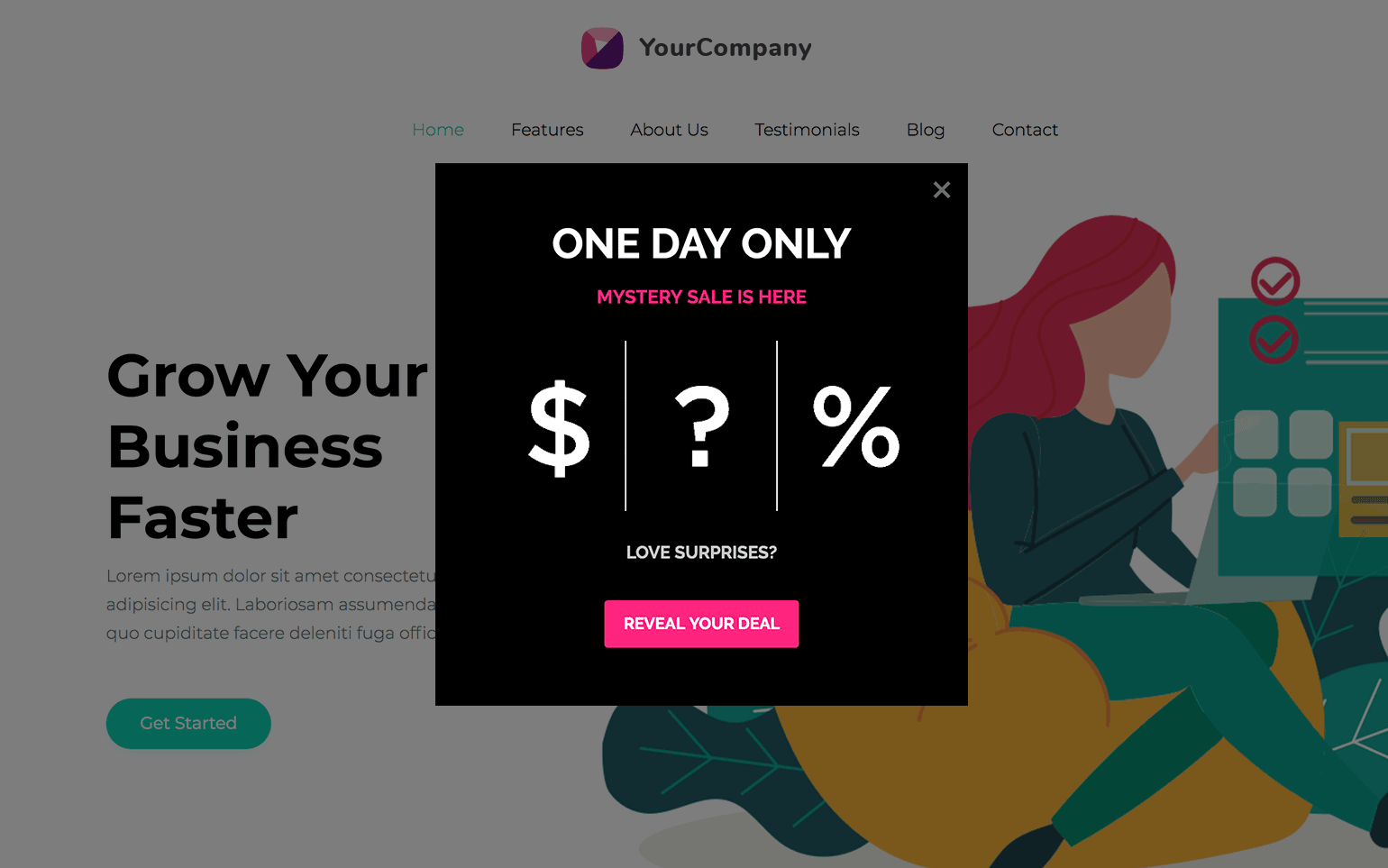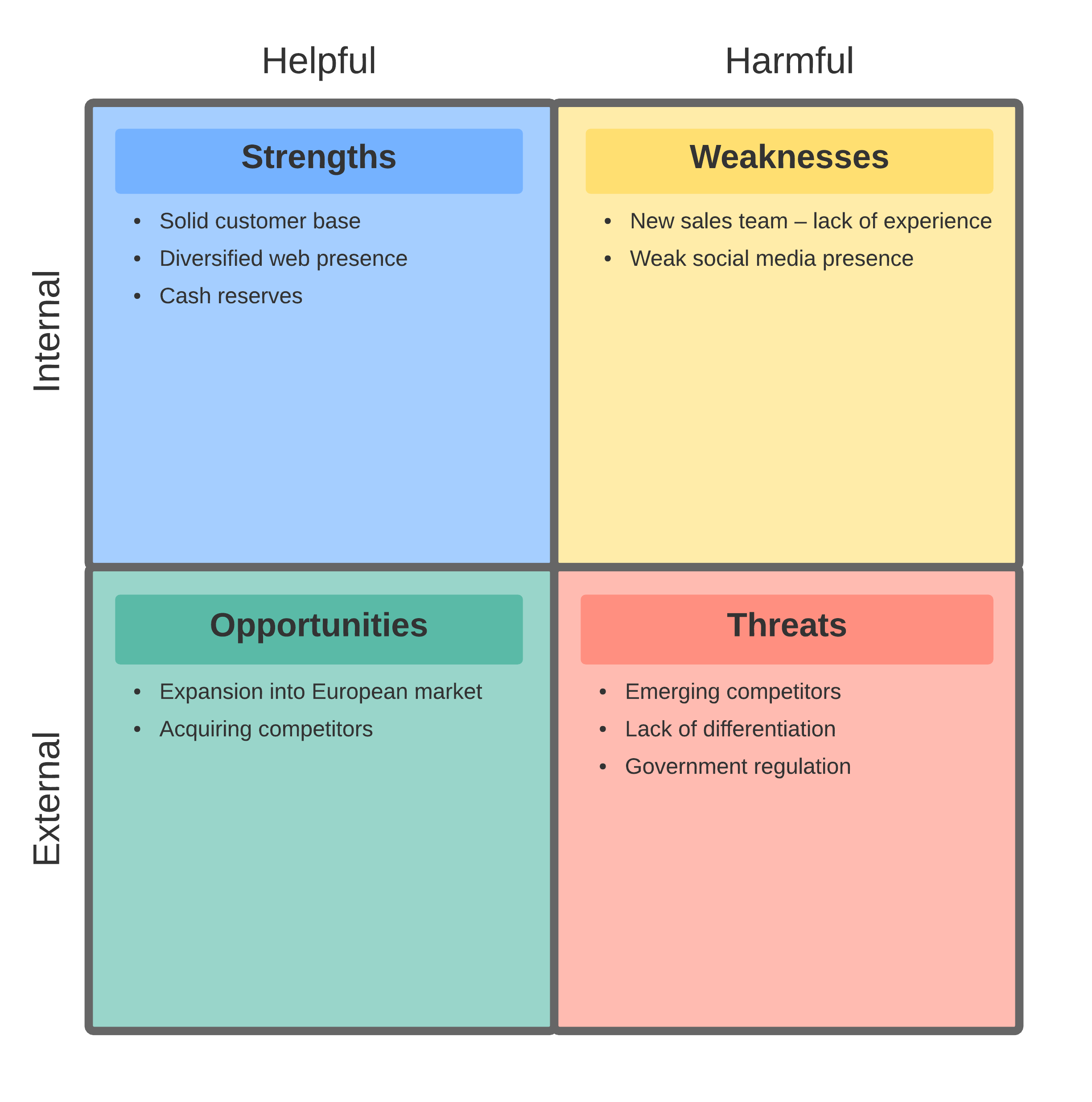How to Build a SaaS Product and Avoid 8 Main Mistakes
Startups and large IT companies are increasingly using MVP as a starting point for creating a successful software product. With a focus on a minimum set of core functions, companies develop a product framework that, if successfully validated for demand, efficiency, and market viability, is used to scale the offer and build a full-fledged business.
However, many of the concepts that start-up businesses are guided by when defining the components of an MVP are not correct. Take, for example, the common misconception that an early version of a product is designed to get to market quickly. In fact, as mentioned earlier, the minimum viable solution is intended to validate economic viability, so development speed can only be prioritized if the MVP analysis and testing goals are quickly achieved.
87% of startups don't even survive the first year of existence. Another 3-5% close after 2-3 years. Why is this happening, how to bring a new product to the market, and how will MVP help in this? We answer these questions and give recommendations on how not to waste money, time, and nerves on a product that will not take off.
Top 8 SaaS product development mistakes
When statistics say about an 87% chance of failure, a logical question arises: "What unites them?" There can be many nuances, but most often it does not take off for one of these reasons:
- No market need. This is common in application development, services, and physical products. When the creator himself is very passionate, he may simply not notice the fact that his SaaS product development strategy is not particularly needed by anyone or the niche is too narrow. According to Forbes, almost half of the startups are shutting down because of insufficient demand.
- Not enough funds. It is initially a wrong position to spend a lot of money on creating profit centers and expect sales to happen instantly. Thus, you risk being left without money for further business development. We considered this situation in more detail in the previous article.
- The business is completely copied. It is okay to spy on a business model, idea, or any special features, especially from another market. To copy one company to one from a neighboring city is sooner or later to get into negative statistics.
- You are selling the same product and service as thousands of other companies. Nowadays it is fashionable to say that this is a "scarlet ocean" - the competition is too high, the chances of getting customers and normal profit are too low without significant differences.
- Hype product. It's one thing to notice a trend, analyze the market, see development prospects, and patiently develop. Another thing is to buy spinners and expect to be bought for years.
- Invalid team. People are behind the success and failure of any project. 23% of companies close down precisely because of problems in the team. Founders often choose people to join a team based on the cost of their work or meeting some formal requirements. And people can work great individually, be great specialists, but the team will fall apart. On the side of the founder, you need 2-3 experts: a manager (to set up work, organize contractors, control deadlines), a salesperson (a person with immense confidence in a product and the ability to sell it), sometimes a techie (this is about production, development, internals).
- Weak marketing. Everyone bothers with the product and believes that the cost of it should be the most serious. It seems that a cool product will suddenly become popular and people will talk about it at every corner. In fact, you need to immediately consider your investment in marketing. They should be 1.5-3 times higher than the product itself. Real practice shows that for new products and services it is necessary to create a market: to prove to people that they need this decision, that it should be your brand. It's about marketing and strong marketing.
- Scoring on customer feedback. First customers are a confirmation of your ideas and a source of valuable information. On the one hand, people can suggest what is missing, how to improve the product and service. On the other hand, feedback can be confusing and lead to failure. It is not necessary to follow the wishes of each user 100% but to collect ideas, organize them, find popular problems and difficulties is definitely necessary.
To test a new idea or bring a new product to the market, it is best to create an MVP first.

The best way how to build a SaaS product MVP
Before starting any actual work, it's worth taking some time to outline the basic MVP SaaS product development tips, and then make sure your team uses them throughout the entire process. The following points are important in all stages of your MVP implementation.
Concept confirmation
Try to find confirmation for your idea without a product. For example, tell about the concept on your social networks, mailing list, blog. Conduct a survey among potential customers.
Decide on the type of MVP SaaS product development
You can go in different ways:
- Product illusion - for example, before buying a product and a stocked warehouse, the founder of Zappos simply posted shoe suggestions on the website. Received orders, bought in a regular store, sent to customers. In this case, you have a minimal risk of losing a lot of money or being left with a product you don't need.
- Concierge - when in the future the product should become a service, automation, but at the initial stage everything is done manually. For example, a service with automatic selection of the optimal diet for weight loss or weight gain. Initially, an expert can personally give recommendations and make a menu, and in the future, this is implemented programmatically. This is the path taken by the Wealthfront service.
- The main function is suitable not only for applications and services but also for businesses with services or goods. For example, you can test a children's garage for cars made from natural wood. Confirm the hypothesis, improve its functions (additional options, name on the product, different colors, and materials), or make new products (dollhouse).
-
Make a product with a minimal budget and deadline
The essence of MVP is to get results quickly. When you need to bring a new product to the market, you don't need to grind parts for months. The challenge is to understand: is there any point in developing this project at all.
Share your product everywhere
Now you need to communicate as much as possible about the imminent launch of the product and attract attention to yourself. First of all, use all your personal contacts and opportunities: mailings, social networks, etc. If the format suits you, you can go to crowdfunding platforms like Kickstarter, Indiegogo, etc.
Prepare a promo page
You can develop a Smart landing page or assemble a simple product page on the constructor. There may also be information both for potential customers and for important announcements like the start of pre-orders, discounts, etc.

Run ads
You can get traffic almost immediately through Facebook / Instagram. Additionally, you can run Google Ads and YouTube ads. Remember the point of the reasons for failure - you need to lay down marketing costs at the very beginning of the project.
Work systematically with clients
You need to collect as much feedback from customers as possible, implement important changes in the product. Improve gradually, expand it if necessary.
If everything goes well, the project is actively developing, there are prospects for earning money, you need to scale: expand the line, add solutions, increase the customer base. If everything is "not very good", you need to stop in time, understand the reasons, and test a new product.
Marketing strategy development of a SaaS product
The last four points from the list above are related to marketing, but it is important to think about this even during the MVP development phase. If MVP development and testing are successful, then the next step will be to focus on the marketing strategy.
Building a house as an example: a marketing strategy is a foundation, and building walls without a foundation is impossible. 7 out of 20 startup failures are somehow related to marketing mistakes.
First of all, pay attention to the mistakes can be made creating a strategy:
- The specifics of the market were not taken into account.
- The product is poorly developed, and as a result, the required number of customer touches.
- The role of content on a website or social media is underestimated.
- The timing of the strategy implementation is incorrect.
Stages of drawing up a marketing strategy to build SaaS products
The business promotion strategy consists of several stages. Let's take a closer look at each of them.
The first stage is the primary market analysis
First, you need to build a general understanding of the product, determine where the market is located, and understand if this product has a really significant advantage among competitors.
Useful and free services - Wordstat and Google Trends will help with this. In services, you can check the demand for a product by typing a key query into the corresponding search line.
The second stage is the analysis of competitors and their proposals
Compile a list of direct competitors that compete in your niche, highlight three main competitors according to the following parameters:
- Benefit or advantage for the buyer.
- Triggers are a psychological technique that motivates the user to buy in the here and now.
- Call-to-action is a call to action on a website or landing page of a company.
- A lead magnet is some kind of valuable information for the client, in return for the received contact information.
- The Tripwire is an inexpensive offer that complements the main product line and comes after the lead magnet.
- A pop-up is a pop-up on a website that contains a call to action.
- And other parameters.
Also, look at the top searches of competitors using Wordstat and Google Trends. And with the help of YouScan and Brand Analytics, monitor information on social networks: reviews, brand mentions, brand loyalty, and other important criteria that affect the choice of users.
The third stage is the analysis of the competitor's product
Here you need to understand the product, understand how competitive it is, and meets the needs of the target audience.
Make up a brief, on the basis of which you will communicate with consumers to understand: what they pay attention to when buying, what properties of the product they like the most, what they value in the company or brand, how important the service is. That is, to determine what the client is guided by when choosing a given product, a given company.
The fourth stage is the analysis of the target audience
Define: to whom, how, and where we will sell the product or service.
Work your target audience with an excellent methodology - Mark Sherrington or the 5W Methodology, which is based on 5 questions:
- What? What do you offer, what kind of product or service, what is it.
- Who? Who will buy this product or service: what gender, age, marital status, and other criteria.
- Why? Why you? What is the difference between competitors, what problem the product or service solves, what motivation the client is guided when buying?
- When? When will a customer want to purchase your product or service, in what situation?
- Where? Where does the purchase or purchase decision take place, on which site, and at what time?
To correctly determine the target audience, you also need to know the following factors about the client:
- Socio-demographic characteristics: gender, age, geography, income level.
- Interests are what the client prefers, what media he watches or reads, which publics he subscribes to.
- Habitats, that is, highlight specific groups and sites where the client is and spends the most time, determine the month, days, and time of day of his activity. That is, using Wordstat and Google Trends - determine the seasonality of the product.
- Psychographics, that are pains, fears, objections, needs, selection criteria, motivators, are studied on the basis of the client's portrait and the information found from forums, reviewers, and social networks through monitoring services.
The fifth stage is the analysis of competitors and cases. Not to be confused with the third stage!
The main task of this stage is to determine how a company can become stronger than competitors and detach itself from them, analyze Internet marketing cases in a specific niche, what results can be achieved in various kinds of advertising, what kind of lead flow experience and at what cost.
Sixth step - product analysis
The key task at this stage is to determine the capabilities of our product, unleash its potential, and prepare for the preparation of an offer. That is, you need to highlight: the advantages, pros, cons, advantages over competitors, possible use cases, and when they do not use it exactly, how long and often they use the product, as well as a killer feature that will set it apart from everyone else.

There are several values here that can be analyzed:
- Implicit value. On the example of Voss brand water. The implicit value of this brand is that this water is always a premium table decoration and always associations with this product are based not only on personal experience of its consumption but also on who and in what circumstances use it. That is, the company always uses very expensive messages in advertising, which allows the brand to be promoted precisely through this value.
- Explicit value is the value shown on the price tag, as well as the reason for the purchase. That is, often this value needs to be explained through a website, newsletter, content, profile, or personal brand. Understand what prompted the client to buy, what is the motivation. Motivation is divided into two types: internal and external. Intrinsic motivation is emotions and stories, and extrinsic motivation is logic and pressure.
Based on the data received, you create offers.
Stage 7 is the launch of advertising
The first thing that is compiled before launching test ads is a product funnel, that is, a funnel that will move users.
Based on this funnel, it is necessary to select the steps for the funnel, tasks, goals, points of contact, process, and channels in which we will communicate with our target audience at each stage of product distribution.
Next, you need to check the demand, test the traffic acquisition channels, collect requests based on the test results, calculate the unit economy, calculate the business plan, determine the target audience and arrange the positioning of the company or brand.
And only after analyzing such a large amount of work, it is possible to release a full-fledged product or service to the market, which is exactly what an MVP is for.
Final Thoughts on SaaS product development process
Correctly constructed strategy - only 60% of success in business promotion. We have formed such an experience by entering experimental niches and projects.
Summarizing:
- The success of the company depends on the correct strategy.
- A well-designed strategy should include analyzes of the market, competitors, products, target audience, and launch of a test advertising campaign.
- Carefully analyze each stage, if you miss something, then the product may not shoot.
- To facilitate the analysis, use the services: Wordstat, Google Trends, YouScan, Brand Analytics.
- Audit your progress regularly to see if you are moving in the right direction.
- Scale your business if all your actions are yielding positive results.
We hope that you will be able to apply the knowledge gained and transform it into a SaaS development product successfully. If you still wonder how to build a SaaS application or any other software, you can delegate MVP development for your project, we are happy to help you and start cooperation with a free consultation, where we will analyze in detail your project and expectations.
